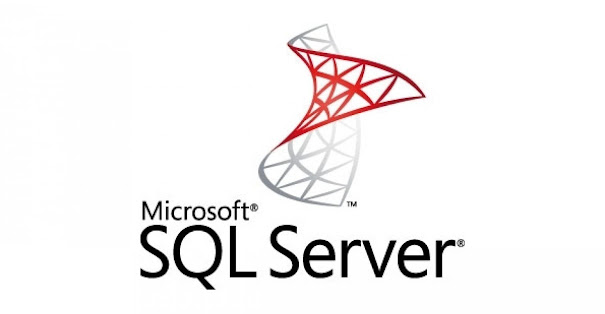Search Insights: Navigating the World of SEO and SEM
In the world of digital marketing, two terms that are often used are SEO and SEM. While both are strategies for improving online visibility, they have different approaches and goals. SEO stands for Search Engine Optimization, while SEM stands for Search Engine Marketing. Let's take a closer look at the differences between the two and how they can work together to improve your online presence.
SEO - Search Engine Optimization
Keyword research is the process of
identifying the search terms that your target audience uses to find your
products or services. Once you have a list of relevant keywords, you can
optimize your website's content to include these keywords in a natural way,
without keyword stuffing or over-optimization.
Content optimization involves creating
high-quality, engaging, and informative content that resonates with your target
audience. This content can take the form of blog posts, articles, videos,
infographics, and more. By creating content that people want to read and share,
you can attract more visitors to your website and increase your brand's
visibility.
On-page optimization involves making
changes to your website's structure and content to make it more search
engine-friendly. This can include optimizing your title tags, meta
descriptions, header tags, and image alt tags, among other things.
Off-page optimization involves building
links to your website from other reputable websites in your industry. This can
help improve your website's authority and reputation, which can ultimately lead
to higher rankings in the search results.
Technical optimization involves making
sure that your website is fast, mobile-friendly, and accessible to search
engines. This includes things like optimizing your website's code, compressing
images, and using a responsive design.
SEM - Search Engine Marketing
SEM, on the other hand, is a more immediate strategy for improving your website's visibility in the search results. SEM involves paying for ads that appear at the top of the search results page when someone searches for a particular keyword. These ads are often referred to as pay-per-click (PPC) ads, as you only pay when someone clicks on your ad.
There are a number of different platforms that you can use for SEM, including Google Ads (formerly known as Google AdWords), Bing Ads, and social media advertising platforms like Facebook Ads and Twitter Ads. Each platform has its own strengths and weaknesses, so it's important to choose the one that best fits your goals and budget.
One of the main advantages of SEM is that it allows you to target specific keywords and audiences with a high degree of precision. This means that you can create highly targeted ads that are more likely to resonate with your ideal customer. SEM also allows you to test different ad copy and landing pages to see which ones perform the best, so you can optimize your campaigns over time.
SEO vs. SEM: Which is Better?
So, which is better: SEO or SEM? The truth
is that both strategies have their own strengths and weaknesses, and the best
approach will depend on your specific goals and circumstances.
One advantage of SEO is that it can provide long-term benefits that can continue to drive traffic and leads to your website for months or even years after you've made the initial investment. SEO also tends to be more cost-effective over the long term, as you're not paying for every click or impression.
On the other hand, SEM can provide more
immediate results and can be an effective way to jump-start your online visibility
if you're just getting started or if





Comments
Post a Comment